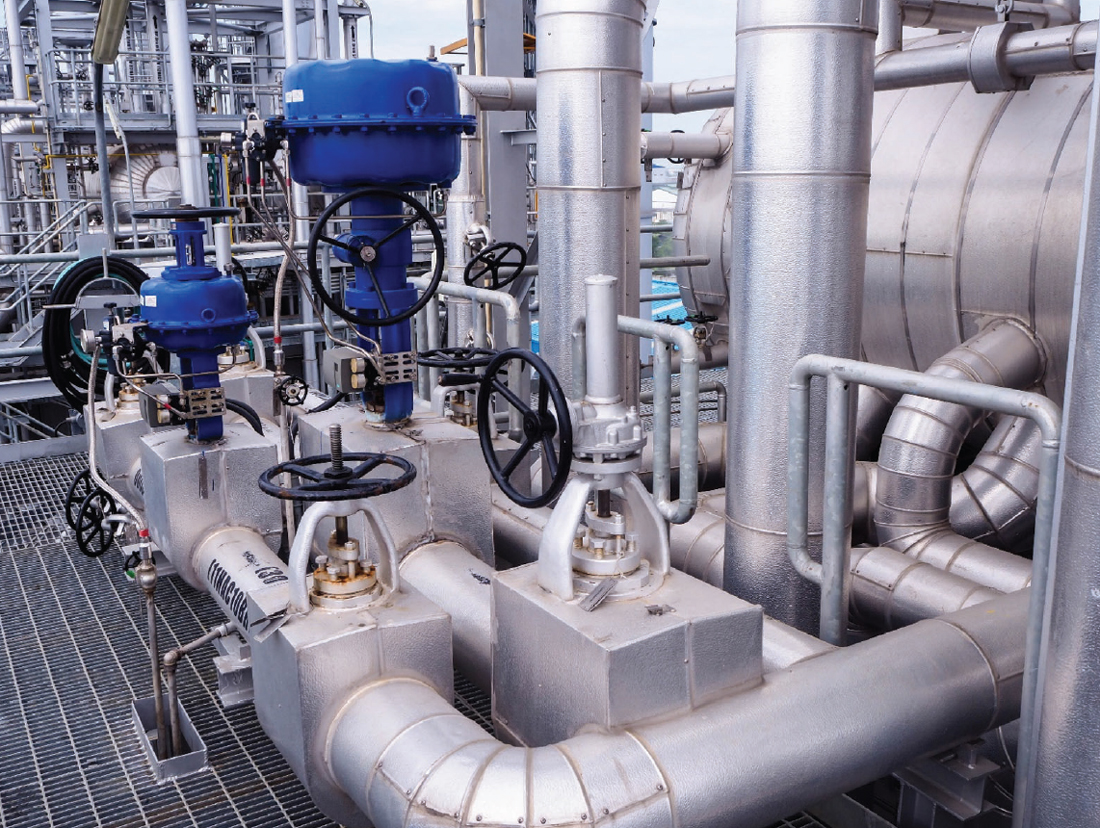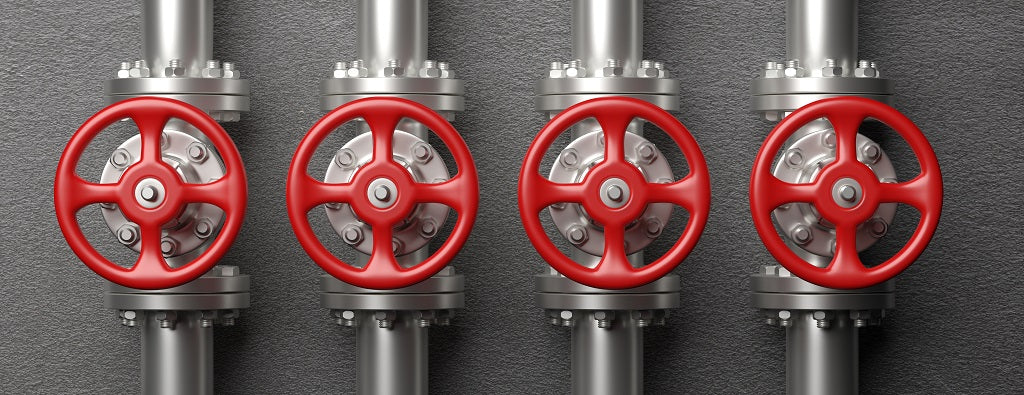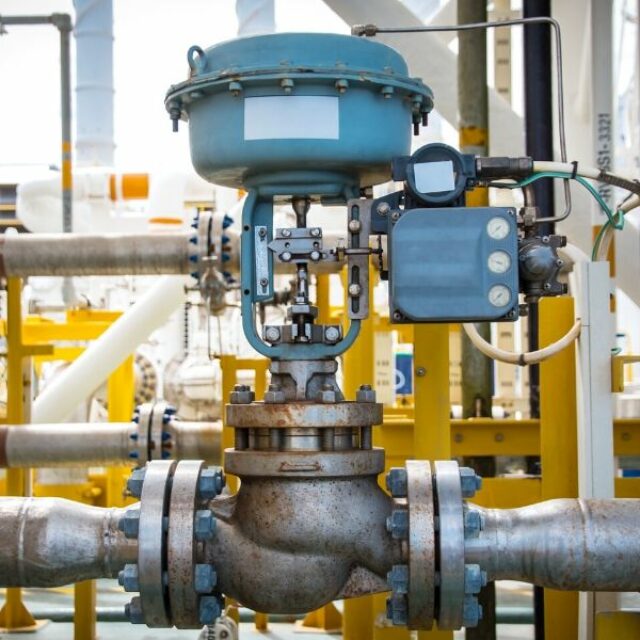Discovering the Functionality of Modern Control Valves in Industrial Applications
Discovering the Functionality of Modern Control Valves in Industrial Applications
Blog Article

Maximize Power Savings and Comfort With Advanced Structure Automation Controls
In the realm of modern-day design and facility management, the integration of sophisticated building automation manages stands as a crucial advancement. The merging of modern technology and sustainability has actually birthed a new period where energy efficiency, convenience optimization, and operational streamlining are no more obtainable truths but distant ambitions. By harnessing the power of automation, buildings can adapt, react, and progress in ways that were once unbelievable. The potential for substantial power cost savings and enhanced comfort is not just a pledge yet a possibility waiting to be met. This standard shift in building administration holds the key to unlocking a globe where ecological conscientiousness and owner well-being harmoniously coexist within the wall surfaces of our frameworks.
Power Performance Benefits
Power efficiency advantages can significantly lower energy usage and functional costs in structures. Energy-efficient systems, such as innovative structure automation controls, can enhance the usage of sources like home heating, cooling, and lighting, leading to lower energy expenditures over time.
Furthermore, enhanced power performance can lengthen the life-span of building equipment and systems. By operating a lot more effectively, heating and cooling systems, light, and other structure components experience less damage, resulting in lowered maintenance and replacement prices. Additionally, energy-efficient buildings typically command higher residential property values and rental prices, supplying lasting economic advantages to proprietors.
Additionally, power effectiveness can improve resident convenience and performance. Properly controlled indoor atmospheres with optimum lights and thermal conditions develop an even more helpful and enjoyable work area, resulting in enhanced worker complete satisfaction and performance. In general, the energy efficiency benefits related to innovative building automation controls are complex, incorporating expense financial savings, ecological stewardship, and resident well-being.
Improved Convenience Control
Enhancing convenience control in building atmospheres requires a sophisticated assimilation of sophisticated automation systems for optimum occupant well-being. By making use of sophisticated building automation controls, facilities can tailor the indoor environment to meet the details needs and choices of residents. control valves.
By incorporating these advanced controls, buildings can not only improve convenience but additionally enhance power efficiency by maximizing system procedures based on actual occupancy and usage patterns. Ultimately, prioritizing owner comfort through innovative automation systems leads to a more enjoyable and much healthier interior setting.
Operational Effectiveness Improvements

Additionally, the application of real-time monitoring and analytics devices enables structure operators to determine energy inefficiencies and operational anomalies promptly. By constantly monitoring energy use patterns and system performance metrics, modifications can be made in real-time to maximize power intake and ensure peak functional effectiveness. control valves. Furthermore, integrating demand reaction approaches right into structure automation controls can further improve functional efficiency by dynamically changing power use based upon grid problems and prices signals
Indoor Climate Optimization
Effective indoor climate optimization is an essential element of structure automation controls, making sure residents' convenience and wellness while optimizing power financial savings. By making use of advanced sensing units and controls, building automation systems can continually adjust and keep an eye on temperature level, moisture levels, air quality, and air flow to create an optimal interior setting. Maintaining consistent and comfortable conditions not just boosts occupant contentment however additionally improves productivity and general health.
Interior environment optimization check this likewise plays a critical duty in power efficiency. By fine-tuning ventilation, home heating, and cooling systems based on real-time data and tenancy patterns, developing automation controls can dramatically lower energy usage - control valves. As an example, carrying out techniques such as demand-controlled ventilation and thermal zoning can help reduce power waste while making sure that each area of the structure gets the needed conditioning.

Lasting Setting Production
Building automation regulates not only enhance interior environment problems for power efficiency and occupant convenience but also lay the foundation for developing a sustainable setting through tactical monitoring of sources and systems. By integrating advanced structure automation technologies, such as sensing units, actuators, and intelligent software, centers can keep an eye on and readjust power usage in real-time to decrease waste and minimize their carbon footprint. These systems make it possible for predictive upkeep, determining possible concerns before they rise and maximizing tools efficiency to boost long life and efficiency.
In addition, sustainable atmosphere production prolongs past power management to include water preservation, waste reduction, and indoor air top quality renovation. Structure automation controls can control water usage, identify leakages, and guarantee correct garbage disposal practices, adding to total sustainability initiatives. Furthermore, by controlling and keeping track of ventilation and filtering systems, these innovations enhance resident health and efficiency while decreasing power intake linked with a/c operations.
Conclusion
To conclude, progressed structure automation controls offer considerable benefits in regards to energy financial savings, comfort control, operational performance, interior environment optimization, and developing a lasting setting. By carrying out these controls, buildings can accomplish optimum efficiency while minimizing power usage and boosting you can look here owner comfort. It is noticeable that the usage of innovative automation innovation is crucial in boosting building performance and developing an extra sustainable future.
Energy effectiveness benefits can dramatically reduce energy consumption and functional costs in structures. Overall, the power performance advantages connected with innovative structure automation controls are complex, incorporating expense financial savings, environmental stewardship, and passenger well-being.
In addition, including demand feedback strategies right into structure automation controls can better boost functional effectiveness by dynamically adjusting power usage based on grid conditions and prices signals.
Building automation controls not only optimize indoor environment conditions for energy efficiency and occupant convenience yet also lay the structure for creating a lasting atmosphere through calculated management of systems and sources.In conclusion, advanced structure automation manages deal significant advantages in terms of power cost savings, convenience control, read this article functional efficiency, interior climate optimization, and developing a lasting atmosphere.
Report this page